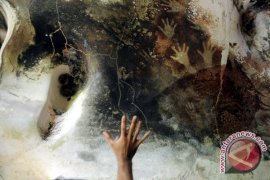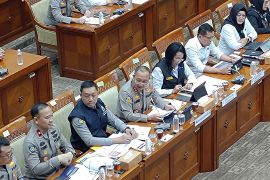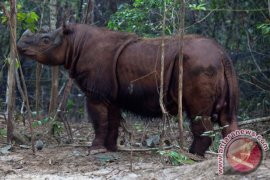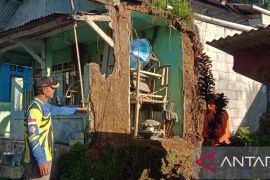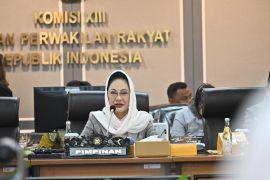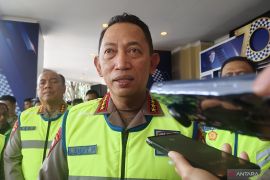These include at least 400 images, among others of humans, hand prints, trees, and boats, the head of Ambons archaeology office Muh. Husni said on Friday.
"Up to now, the Mesolithic discovery was still the most image-contained rock panting that had been found in the Maluku province," he added.
According to him, the Ohoidertaun rock paintings have not been studied further, including their age.
"We do not know the age yet. It needs in-depth research. However, according to the number of motive images, we can conclude that the culture at the time was well developed," Husni said.
So far there are three rock painting sites that have been studied by the archaeology office, namely in Wamkana (South Buru district), Sawai (Central Maluku district), and the Ohoidertaun (Kei islands).
An archaeologist from Ambons archaeology office, Wuri Handoko, said the rock paintings found at the three sites are most likely related to each other, and could explain the human migration pattern in Maluku.
"If we see the landscape, the rock paintings have been found in the coastal areas. It indicates there was a long distance traversed through these areas by the ancient humans," she said.
A pre-historic expert from Ambons archaeology office, Marlon Ririmasse, said a research team had discovered ancient paintings in a cave where ancient humans lived, located on the Kobror Island of the Aru Island district.
The difference is the motifs was not as good as the ones found in Wamkana, Sawai, and Ohoidertaun.
Ancient paintings in Kobror are shaped geometrically like a man, tree, and a curve with scratch technique using ocher. The tree-shaped image is believed to be the tree of life that symbolizes faith in the Creator, Ririmasse said.
"The paintings on Kobror Island are cave paintings, not rock paintings like the ones found in Wamkana, Sawai, and Ohoidertaun," he added.
(T.KR-LWA/INE/O001)
EDITED BY INE
(T.SYS/B/KR-BSR/O001)
Editor: Aditia Maruli Radja
Copyright © ANTARA 2015
